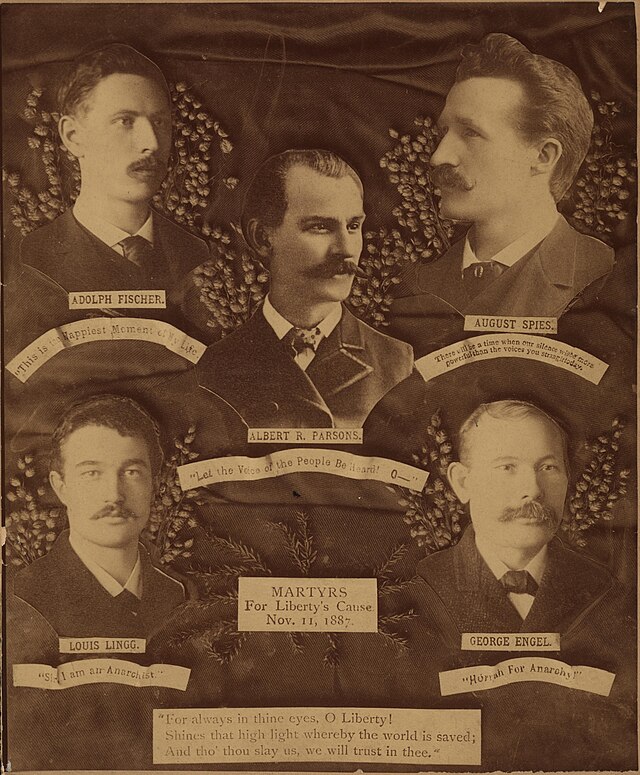Written by Ali Aksu for Ronahî
In the 19th century, industrialization changed the face of society:
Millions of agricultural workers were uprooted – through expropriation, the dissolution of traditional communal rights and the increasing concentration of land ownership in the hands of a few. Their livelihoods on the land disappeared, while large landowners and capital interests imposed new agricultural structures. The only way out was to flee to the cities.
There, growing cities emerged in which factories, residential areas and infrastructure developed around industrial production. Urbanization was not a natural phenomenon, but was closely linked to the interests of capital: Cities grew where investment and industry were concentrated.
Living and working conditions were often harsh. Low wages, long working hours and a lack of occupational health and safety characterized the everyday lives of many workers. There was hardly any social security – people’s livelihoods depended directly on access to wage labor.
This new class of wage earners began to organize: in trade unions, in political parties, in resistance movements. Their struggle was not just for better wages, but for a fundamental liberation from exploitation and oppression!
The Emergence of the eight-hour Day – and the Birth of 1 May
Towards the end of the 19th century, the demand for an eight-hour day became a central concern of the organized labour movement – especially in the USA, where working hours of twelve to sixteen hours were common. On May 1, 1886, hundreds of thousands of workers across the country went on strike to enforce a legal limit on working hours. In Chicago, a center of industrial production and trade union organization, there was an escalation a few days later: a bomb exploded during a rally in Haymarket Square, whereupon the police opened fire. Eight police officers died as a result of the explosion and gunfire, and around four demonstrators lost their lives. Over 60 police officers and an unknown number of workers were injured, some of them seriously.
Although those actually responsible were never identified, a court sentenced eight well-known labor activists – including August Spies, one of the leading figures of the movement – to death or long prison sentences. Even then, the trials were considered politically motivated. The executed men went down in the history of the international labor movement as Haymarket martyrs.

Three years later, in 1889, delegates from socialist parties and workers’ organizations at the founding congress of the Second International in Paris decided to celebrate May Day worldwide as a day of struggle for the working class – in memory of the victims of Chicago and as a sign of international commitment to labour rights.The first major demonstrations took place in many countries on May 1, 1890, demanding not only the eight-hour day, but also political freedoms and social security. May Day thus became a fixed point of reference for the labor movement worldwide.
Part 2 follows…

